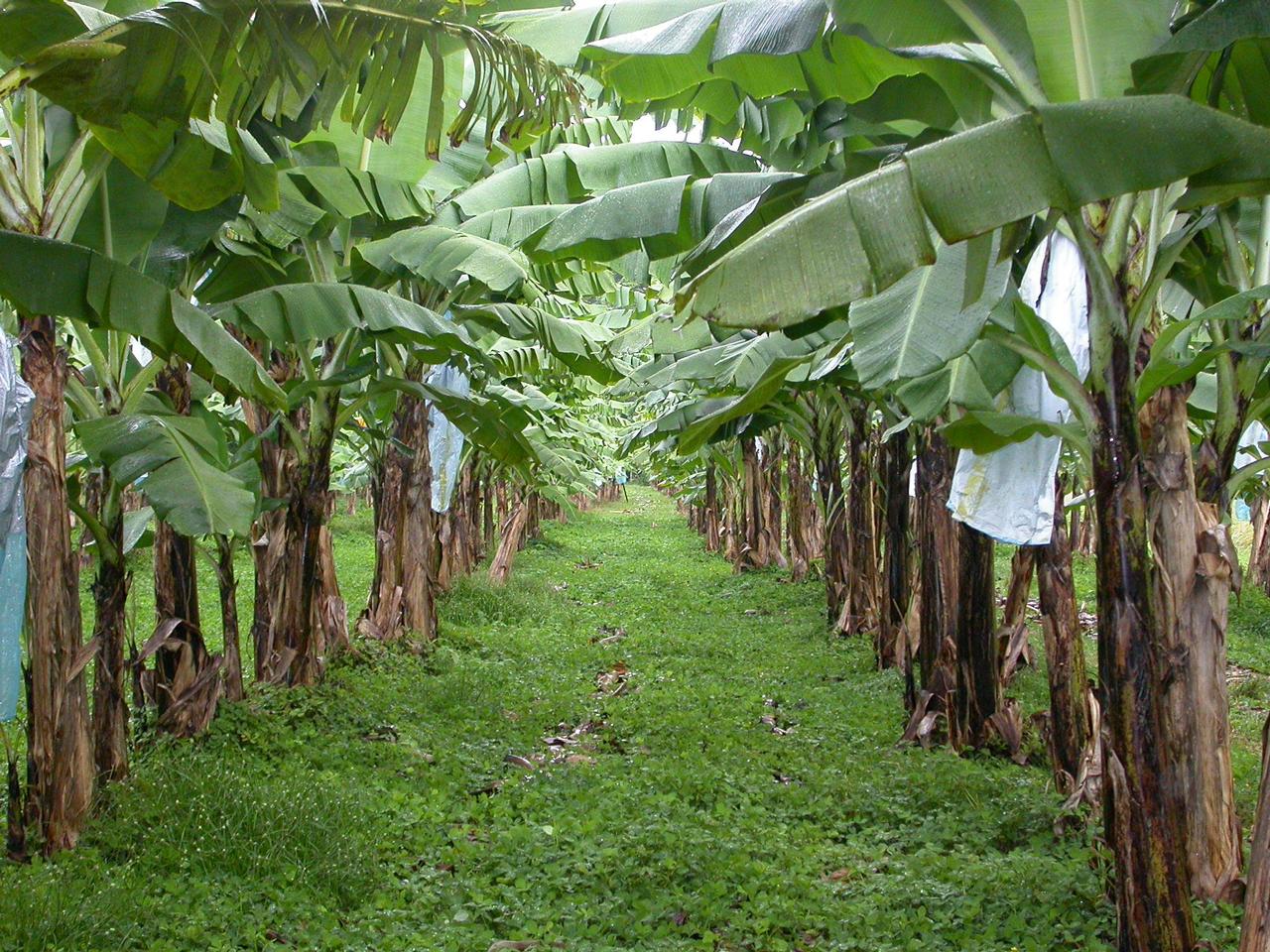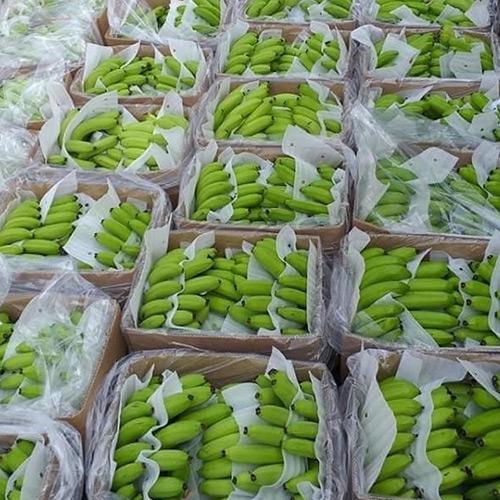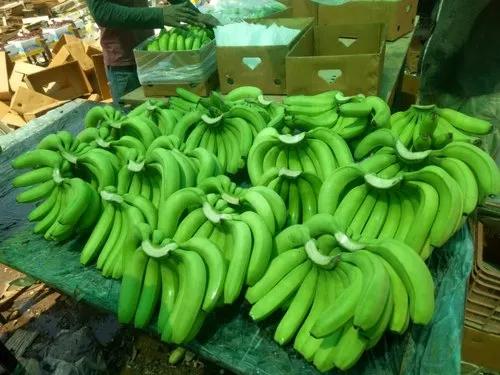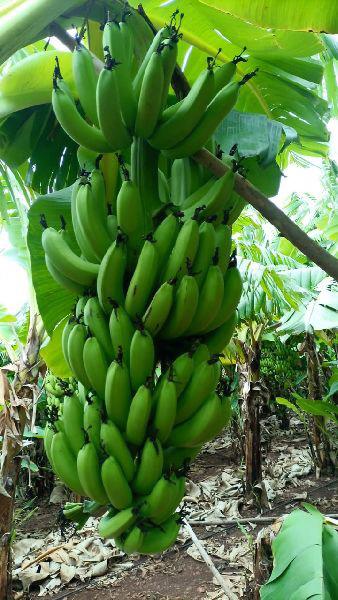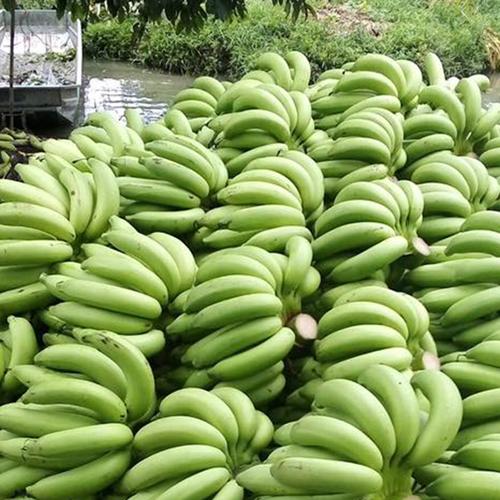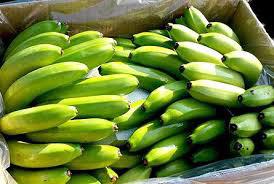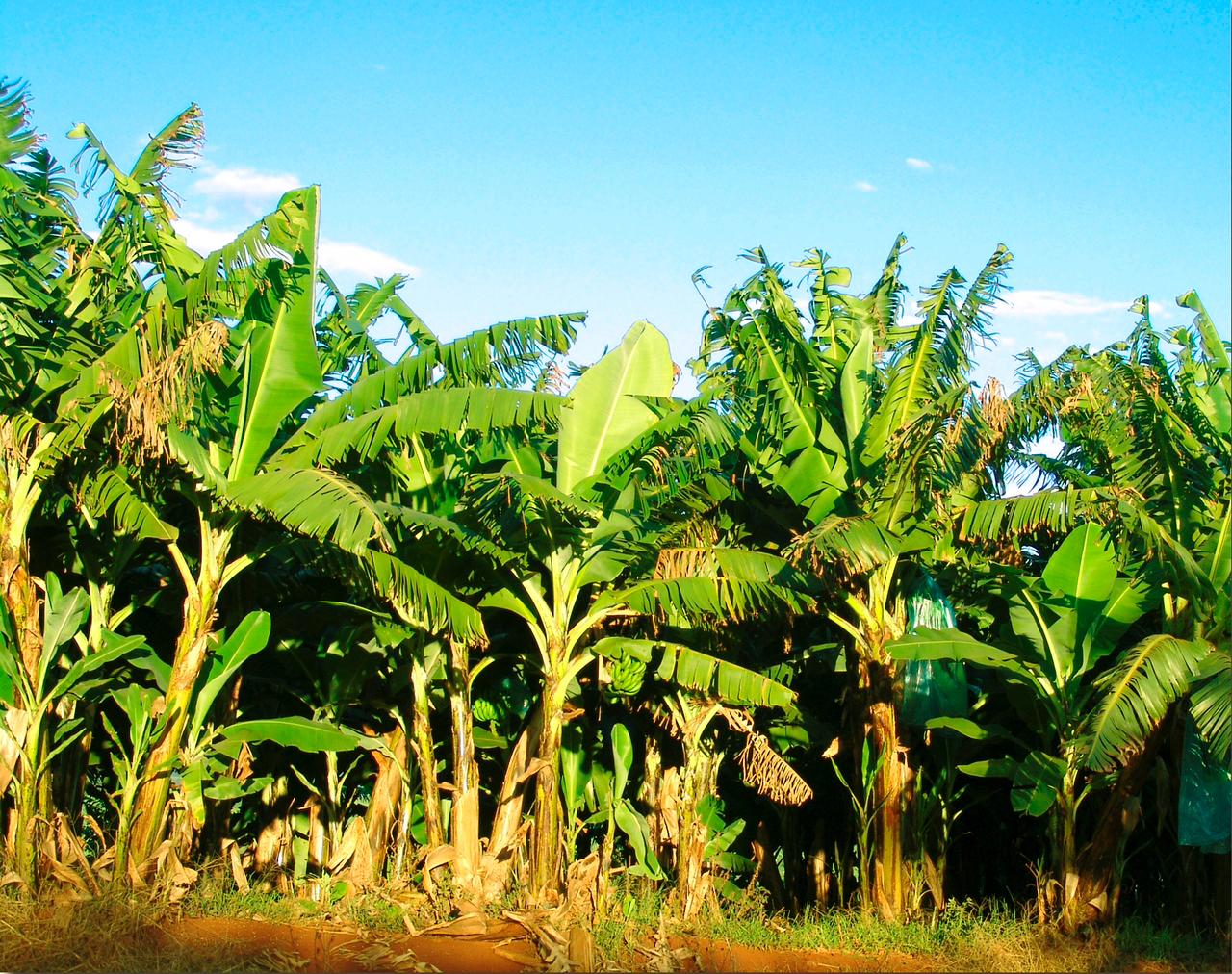
Banana
Product information
Description
Pakistan is a country that boasts a rich agricultural landscape, with a variety of crops contributing to its economy. One such crop that holds significant importance is the humble banana. Widely grown across the nation, Pakistan's banana industry has seen substantial growth over the years. This sample introduction aims to provide an overview of various aspects related to Pakistan banana, including its production, export destinations, qualities, government policies, nutritional value, harvesting process, land usage, and its multipurpose usage.
Pakistan stands as one of the top banana-producing countries globally. With its favorable climate and fertile lands, the country has emerged as a significant player in global banana production. Alongside other prominent producers such as India, China, the Philippines, and Ecuador, Pakistan's contribution to the overall world banana industry cannot be ignored.
In terms of its export destinations, Pakistan primarily caters to markets in the Middle East, Europe, and Central Asia. These regions readily import Pakistan bananas, thanks to their high quality and availability throughout the year. The top qualities of Pakistan bananas lie in their taste, texture, and nutritional value, making them a sought-after choice for consumers worldwide.
To further streamline and support the banana industry, the government of Pakistan has implemented various policies and initiatives. These measures aim to improve agricultural practices, increase productivity, and ensure the quality of bananas. The government's focus on promoting sustainable farming practices aligns with global standards and helps maintain Pakistan's reputation as a reliable source of high-quality bananas.
Apart from being a delicious and widely consumed fruit, bananas also hold notable significance in human nutrition. They are rich in essential nutrients such as potassium, vitamin C, dietary fiber, and several antioxidants. These nutrients contribute to heart health, promote digestion, and boost the immune system. The high potassium content in bananas helps maintain a healthy blood pressure level, making them a valuable addition to a balanced diet.
The harvesting process of bananas involves careful observation and timing. Bananas are typically harvested at different stages of ripeness based on their intended use. The optimal harvest time ensures that the bananas reach consumers in the best possible condition. Seasons for banana harvesting in Pakistan vary depending on the region and climate, with the fruit being available year-round due to controlled cultivation techniques.
In addition to being enjoyed as a wholesome snack, bananas have multiple usages. They find their way into various culinary preparations such as smoothies, desserts, baked goods, and savory dishes. Furthermore, bananas are used in the production of chips, jam, baby food, and even as an ingredient in certain beauty products.
In terms of land usage, the estimated total area dedicated to banana production in Pakistan is substantial. This underscores the country's commitment to meeting the growing demand for bananas. Similarly, worldwide, banana farming contributes significantly to agricultural land usage due to its global popularity.
Considering the sheer number of bananas consumed worldwide, statistics indicate that the estimated total amount of banana usage per capita remains significant. This serves as a testament to the widespread popularity and consumption of this versatile fruit among diverse cultures and demographics.
In conclusion, Pakistan's banana industry has witnessed remarkable growth and earned a prominent place among global banana producers. With its top production countries, esteemed export destinations, high-quality produce, and government policies, Pakistan continues to make significant strides in achieving agricultural excellence. Moreover, the nutritional benefits of bananas, their careful harvesting process, diverse usage, and substantial land usage and global consumption further underscore the importance of this fruit in the agricultural and culinary landscape.
